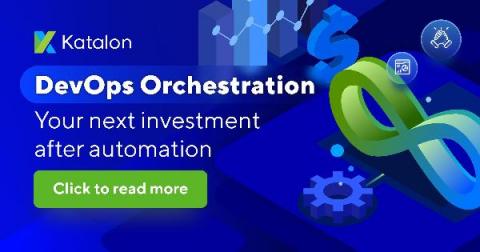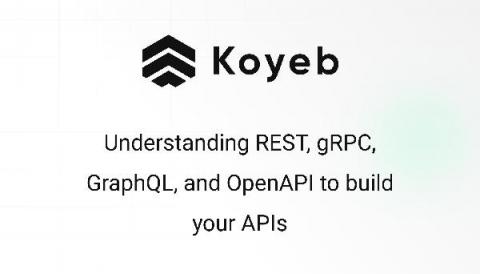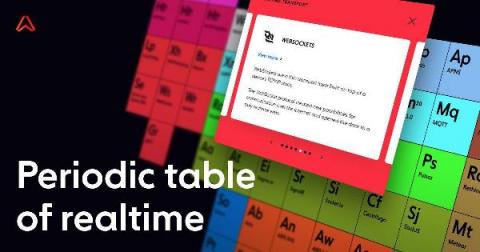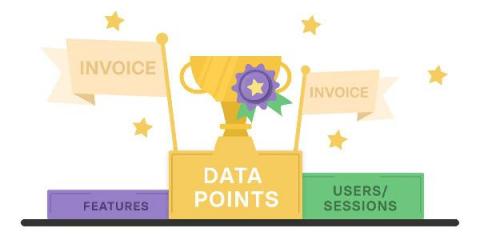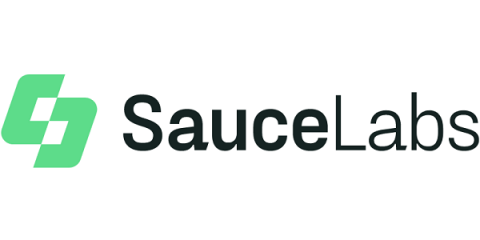DevOps Orchestration | Your Next Investment after Automation
Automation is a hot issue for businesses of all sizes, across all industries. Whether you work in IT or not, you’ve probably heard of automation as a method to save money, improve efficiency, and minimize errors. However, following automation, you may be wondering what action to take next, or if there are any obstacles that are restraining your DevOps teams. How can you step up your automation game and achieve the ideal success of digital transformation?


